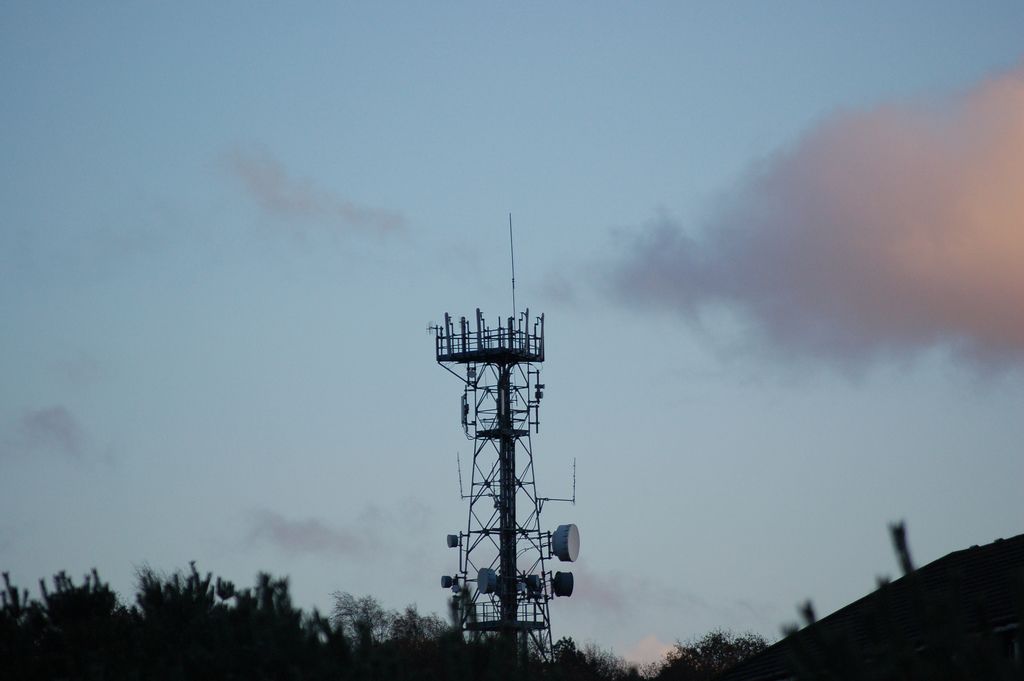Vodafone has started to roll out its Carrier Aggregation technology that could see a boost to users' 4G data speeds by up to three times. It is being launched initially in Birmingham, Manchester and London, but will continue to expand to include other UK cities in the coming months and throughout 2015.
However, what is Carrier Aggregation and why will it benefit consumers who are already getting decent speeds on their 4G connections?
Vodafone's UK technology director Fergal Kelly said that it is "the next big step to deliver faster speeds per user and to increase the capacity so more customers can enjoy a great 4G experience when and where they want it." But what exactly will that mean to Vodafone customers?
Here's a few pointers to explain it further.
What is Carrier Aggregation?
Carrier Aggregation is a technology that uses two or more different frequency bandwidths owned by a network that, in combination, provide more stable and speedier connections depending on the usage situation.
For example, Vodafone utilises both 800Mhz and 2.6GHz bandwidths for its low and high frequency 4G connections with the lower of the two being more ideal for indoor use as it penetrates better through walls and travels further distances. The higher bandwidth offers greater peak speeds and capacity.
A compatible phone can therefore utilise both depending on the situation. Gaining more capacity thanks to the greater bandwidth on offer (basically more devices can be using it at once so speeds won't drop) and a more dependable signal.
Is it the same as EE's Double Speed 4G?
No, basically. EE's Double Speed 4G service, which it calls 4GEE Extra uses more spectrum within one frequency band to provide greater speeds. At present that means two times 20MHz of the 1.8GHz spectrum EE uses rather than the two times 10MHz for normal speed.
In real terms, that results in speeds of up to 60Mbps rather than 30Mbps.
Vodafone's Carrier Aggregation technology is more about keeping the network more accessible and stable, therefore maintaining speeds without drop out rather than doubling them.
EE will also be utilising its own Carrier Aggregation (LTE-A) technology soon, which we will cover on Pocket-lint closer to switch-on date.
Is my handset compatible?
If you own a 4G phone you got from Vodafone, then it is more than likely compatible with the network's new technology.
What you need to check is whether it is capable of supporting both 800MHz and 2.6GHz bands. For example, all 4G iPhones (from the 5c up to the 6 Plus) are fine. As are the Samsung Galaxy S4 and S5 UK editions.
Do I need to do anything?
Nope. If you own a compatible 4G handset on the Vodafone network you will experience more consistent 4G performance and most likely greater speeds in the cities its new technology has rolled out to, especially during peak times.

